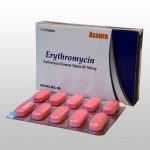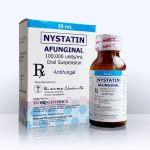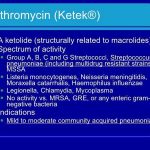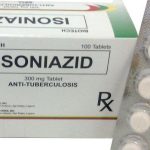
Erythromycin is a macrolide antibacterial with a wide spectrum of activity, that has been used in the treatment of a wide range of infections caused by susceptible organisms.

An antifungal substance obtained by fermentation using certain strains of Streptomyces noursei. It contains mainly tetraenes, the principal component being nystatin A:. The potency is not less than 4400 units/mg and not less than 5000 units/mg if intended for oral use, calculated with reference to the dried substance. It is a yellow or slightly brownish hygroscopic powder.

Diarrhoea and other gastrointestinal disturbances such as nausea, vomiting, abdominal pain, and flatulence are among the most common adverse reactions after use of telithromycin. Severe, but usually reversible, hepatic dysfunction, including elevation of liver enzymes and hepatitis, with or without jaundice has been reported; however, there have been cases of fatal hepatotoxicity including fulminant hepatitis, hepatic necrosis, and hepatic failure.

Isoniazid is a hydrazide derivative that is the mainstay of the primary treatment of pulmonary and extrapulmonary tuberculosis. It is used with other antituberculous drugs usually in regimens including rifampicin, ethambutol, and pyrazinamide. Isoniazid is also used in high-risk subjects for the prophylaxis of tuberculosis. Isoniazid is given in the initial and continuation phases of short-course tuberculosis regimens.